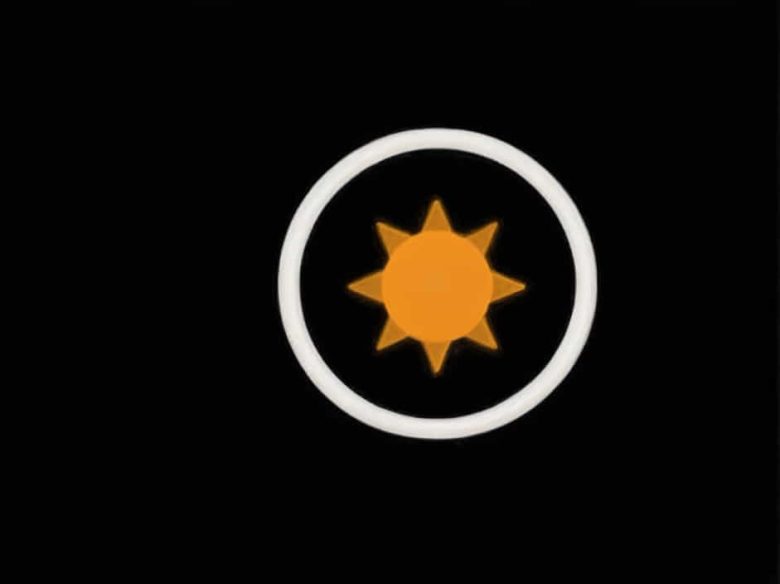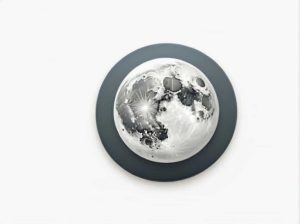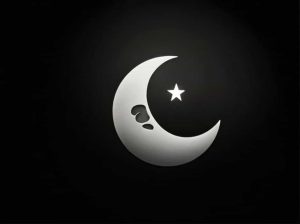Stargazing is a fascinating and rewarding experience that allows us to observe the wonders of the universe. However, choosing the right time is essential to get the best view of stars, planets, and celestial events. This topic explores the best time to stargaze, considering factors like season, weather, moon phases, and location.
The Best Time of Night for Stargazing
1. After Sunset and Before Sunrise
- The best time to stargaze is during the darkest hours of the night, usually between midnight and dawn.
- The early evening after sunset is also good, but some light pollution from the setting sun may still be present.
2. When the Sky Is at Its Darkest
- The darkest part of the night is during the new moon when the sky is free of bright moonlight.
- Astronomical twilight (when the sun is 18 degrees below the horizon) marks the time when the sky is darkest.
Best Seasons for Stargazing
1. Winter (Best for Clear Skies and Bright Stars)
- Winter nights are longer, allowing more time for stargazing.
- The atmosphere is usually clearer and more stable, reducing distortion.
- Bright constellations like Orion, Taurus, and Canis Major are visible.
2. Spring (Great for Viewing Galaxies)
- Spring offers a good balance of clear skies and comfortable weather.
- The famous Virgo Cluster of galaxies is best viewed in spring.
3. Summer (Warm Nights, but More Atmospheric Turbulence)
- Summer nights are shorter, but the warm weather makes stargazing enjoyable.
- The Milky Way is most visible, stretching across the night sky.
- The Perseid meteor shower peaks in August.
4. Autumn (Ideal for Planetary Observation)
- The weather begins to cool, and the sky remains relatively clear and dark.
- Jupiter and Saturn are often well-positioned for viewing.
How the Moon Affects Stargazing
1. Best Moon Phases for Stargazing
- New Moon: The sky is darkest, perfect for deep-sky objects like galaxies and nebulae.
- First and Last Quarter: The moon is visible but not too bright, allowing good planetary observation.
- Full Moon: The brightness of the moon can wash out faint stars and deep-sky objects.
2. Lunar Observations
- If you want to observe the moon, the best time is during its first or last quarter, when shadows enhance surface details.
Best Weather Conditions for Stargazing
1. Clear Skies
- A cloudless night is essential for good visibility.
- Use weather apps to check for clear sky forecasts.
2. Low Humidity
- High humidity causes haze, which can blur the stars.
- Deserts and high-altitude areas have the clearest skies.
3. Low Light Pollution
- The further you are from city lights, the better.
- National parks and remote areas offer the best stargazing conditions.
Best Locations for Stargazing
1. Dark Sky Parks and Reserves
- Official Dark Sky Parks provide ideal conditions for stargazing.
- Examples include Mauna Kea in Hawaii, Jasper National Park in Canada, and Atacama Desert in Chile.
2. High Altitude Locations
- Mountains and plateaus offer a clearer atmosphere and less light pollution.
3. Rural Areas
- If you can’t travel far, find a dark area away from city lights for a better view.
Special Events for Stargazing
1. Meteor Showers
- Perseid Meteor Shower (August) – One of the brightest annual meteor showers.
- Geminid Meteor Shower (December) – Produces a high number of bright meteors.
2. Planetary Alignments
- Some nights offer great views of Mars, Jupiter, and Saturn, especially when they are in opposition (closest to Earth).
3. Eclipses and Transits
- Lunar eclipses are easily visible and can make for a dramatic night.
- Solar eclipses should be viewed with proper eye protection.
The best time to stargaze depends on season, moon phase, weather, and location.
- Winter and autumn offer the clearest skies.
- New Moon nights provide the darkest sky.
- Dark sky locations and high altitudes improve visibility.
By choosing the right conditions, you can enjoy a breathtaking view of the universe and make the most of your stargazing experience.



